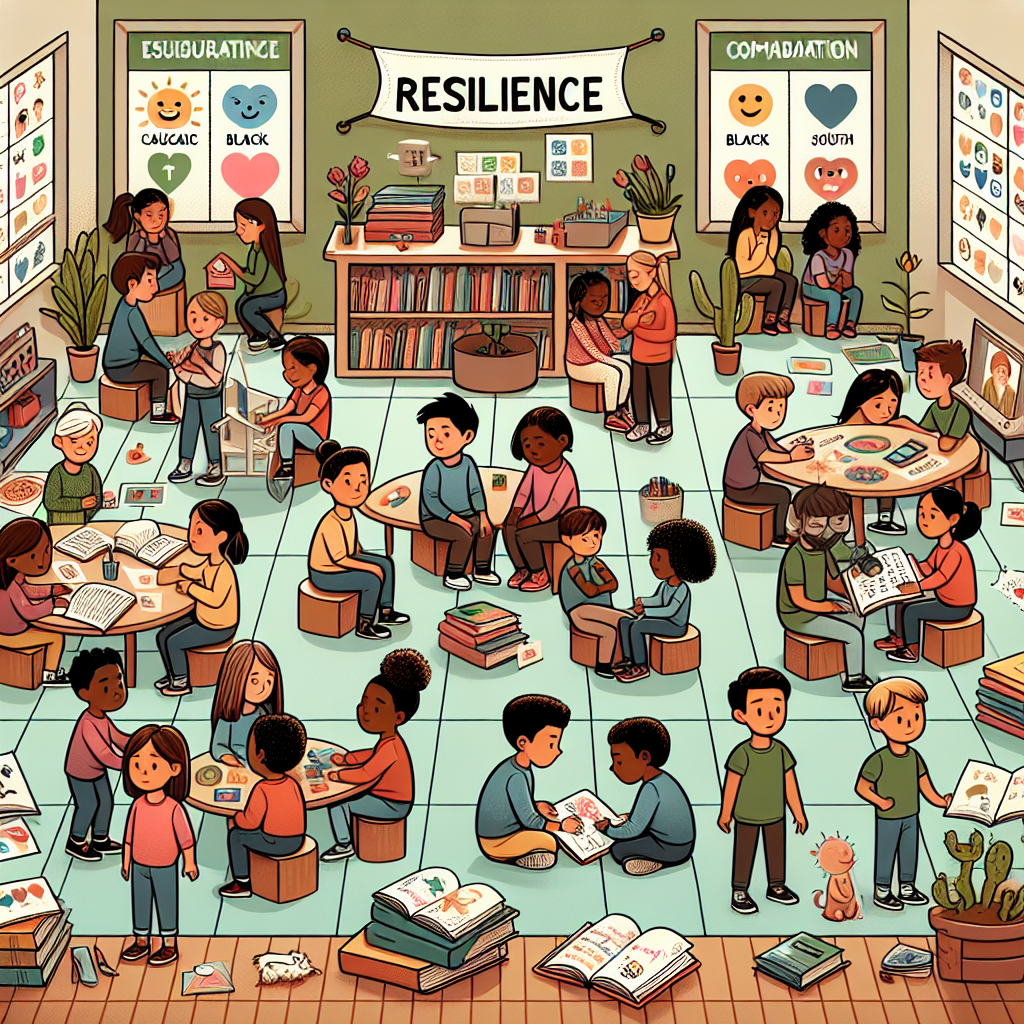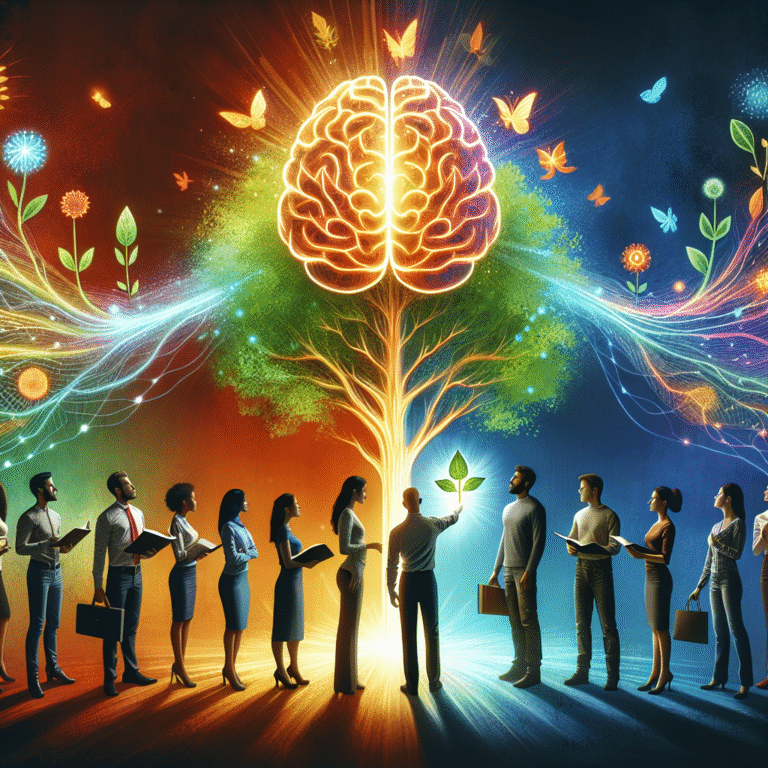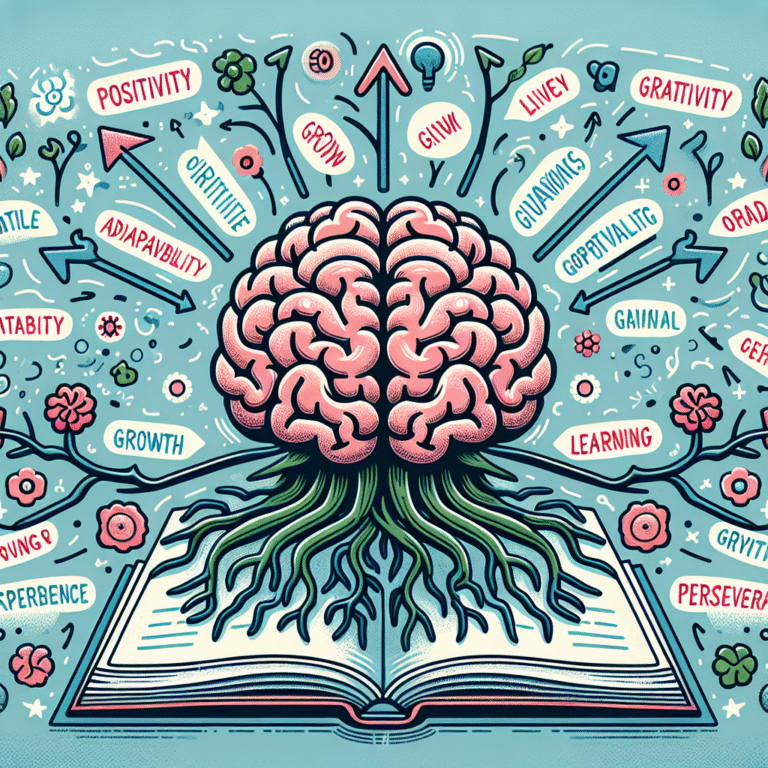
Introduction
In today’s fast-paced and often chaotic world, the ability to thrive under pressure and bounce back from adversity is more essential than ever. The intersection of emotional well-being and academic achievements is gaining significant attention, leading to an intriguing area of discussion: Building Resilience: The Impact of Social Emotional Learning on Student Success. As schools and educators increasingly recognize the importance of social emotional learning (SEL), this article dives deep into how these methodologies foster resilience and ultimately enhance student achievement.
Imagine a school where students not only excel academically but also possess the emotional tools to navigate personal challenges, manage stress, and develop meaningful relationships. This environment does not merely prepare students for standardized tests; it equips them for life.
Understanding Resilience in Education
What is Resilience?
Resilience refers to the ability to adapt and thrive despite significant challenges or adversities. In an academic context, it manifests as persistence, adaptability, and the ability to cope with stress.
Why is Resilience Important for Students?
Students encounter various obstacles during their education, be it academic pressures, personal issues, or societal challenges. Resilience becomes the foundation that enables them to confront these challenges effectively. Research indicates that resilient students are more likely to exhibit higher levels of engagement, satisfaction, and academic success.
The Role of Social Emotional Learning
Defining Social Emotional Learning (SEL)
SEL involves cultivating awareness and management of emotions, developing empathy, establishing healthy relationships, and making responsible decisions. As the educational landscape evolves, SEL emerges as a crucial component to foster resilience.
Building Resilience: The Impact of Social Emotional Learning on Student Success
The relationship is clear: Building Resilience: The Impact of Social Emotional Learning on Student Success is mutually reinforcing. Schools implementing SEL initiatives see tangible improvements in students’ ability to cope with stress and challenges.
Case Studies in SEL Implementation
Case Study 1: The Collaborative for Academic, Social, and Emotional Learning (CASEL)
CASEL is pioneering in this field, offering a comprehensive framework for implementing SEL programs. Studies following CASEL’s model in various districts reported a notable increase in student academic performance and a decrease in behavioral issues.
Relevance: This case study highlights how structured systems can enhance SEL efforts, supporting the claim that such frameworks positively influence resilience and academic success.
Case Study 2: SEL in Chicago Public Schools
In a landmark initiative, Chicago Public Schools integrated SEL into their curriculum. The results were striking: students showed a 10% improvement in academic performance alongside noticeable improvements in emotional well-being.
Relevance: This case study serves as evidence that SEL can yield both educational and emotional benefits, reinforcing Building Resilience: The Impact of Social Emotional Learning on Student Success.
Case Study 3: The Ruler Program at Yale University
Yale University’s RULER program emphasizes recognizing emotions, understanding their role, labeling them accurately, expressing them, and regulating them. Schools that adopted this framework reported better student behavior, increased emotional intelligence, and enhanced resilience.
Relevance: The clear outcomes from this program point to the significant benefits of SEL frameworks and their contribution to building resilient students.
Key Components of Effective SEL Programs
1. Creating a Supportive Environment
A positive school climate is vital. Students need to feel safe and supported to express their emotions freely. Schools that prioritize a welcoming environment see marked improvements in students’ ability to cope with challenges.
2. Integrating SEL into the Curriculum
Rather than treating SEL as an add-on, integrating it into existing curricula is crucial. This seamless approach helps students relate emotional learning to their academic subjects, making it more relatable and applicable.
3. Training Educators
Teachers should be equipped with the skills to foster SEL in their classrooms. Professional development that focuses on emotional intelligence can empower educators to create more supportive environments.
4. Involving Families and Communities
Engaging students’ families and communities ensures that the message of resilience and emotional learning extends beyond the classroom, creating a holistic support system.
The Science of SEL and Resilience
Scientific literature increasingly supports the link between SEL and student success. Meta-analyses have found that SEL programs lead to increased academic performance and improved social behaviors.
Chart: Benefits of SEL Programs
| Benefit | Impact on Students |
|---|---|
| Improved Academic Performance | Higher test scores and grades |
| Enhanced Emotional Intelligence | Better stress management and interpersonal skills |
| Reduced Behavioral Issues | Fewer suspensions and disciplinary actions |
| Increased Engagement | More active participation in school activities |
| Stronger Relationships | Healthier interactions with peers and teachers |
Building Resilience: The Impact of Social Emotional Learning on Student Success Across Grade Levels
Elementary Education
At this foundational level, SEL can help children build critical social skills and emotional literacy. Programs focusing on identifying emotions, developing empathy, and collaborative problem-solving are crucial.
Middle School
Transitioning to middle school often involves emotional turmoil due to puberty and social dynamics. Effective SEL programs can buffer these challenges, helping students develop coping strategies.
High School
As students prepare for post-graduation challenges, SEL helps them manage stress related to academic pressures, college applications, and more. In this stage, schools can focus on developing leadership, decision-making, and resilience in the face of real-world challenges.
Conclusion
Building resilience through the structured framework of social emotional learning is not just an educational trend; it is a critical component of holistic student development. With growing evidence, it’s clear that Building Resilience: The Impact of Social Emotional Learning on Student Success is a vital area deserving of attention from educators, policymakers, and parents alike.
As we cultivate environments that prioritize emotional well-being, engage families, and implement comprehensive SEL programs, we are not just enhancing academic performance—we are equipping the next generation with the tools they need to navigate life. Let us move towards a future where every student is empowered to succeed not just academically, but emotionally and socially as well.
FAQs
1. What is Social Emotional Learning?
SEL is the process of developing essential skills to recognize and manage emotions, set goals, show empathy for others, establish positive relationships, and make responsible decisions.
2. How can schools implement SEL?
Schools can implement SEL by integrating it into the curriculum, training educators, creating supportive environments, and involving families in the learning process.
3. What are the benefits of SEL for students?
Benefits include improved academic performance, better emotional intelligence and social skills, reduced behavioral issues, and increased engagement in school activities.
4. How does resilience relate to student success?
Resilient students are better equipped to cope with challenges, remain engaged in learning, and perform better academically, leading to greater overall success.
5. What evidence supports the connection between SEL and resilience?
Numerous research studies, including those from CASEL and various school districts, have demonstrated that SEL programs lead to significant improvements in academic performance and emotional well-being.
By exploring the intricate relationship between resilience and social emotional learning, we can build a more effective educational system that not only nurtures academic achievement but prepares students for life’s challenges.















